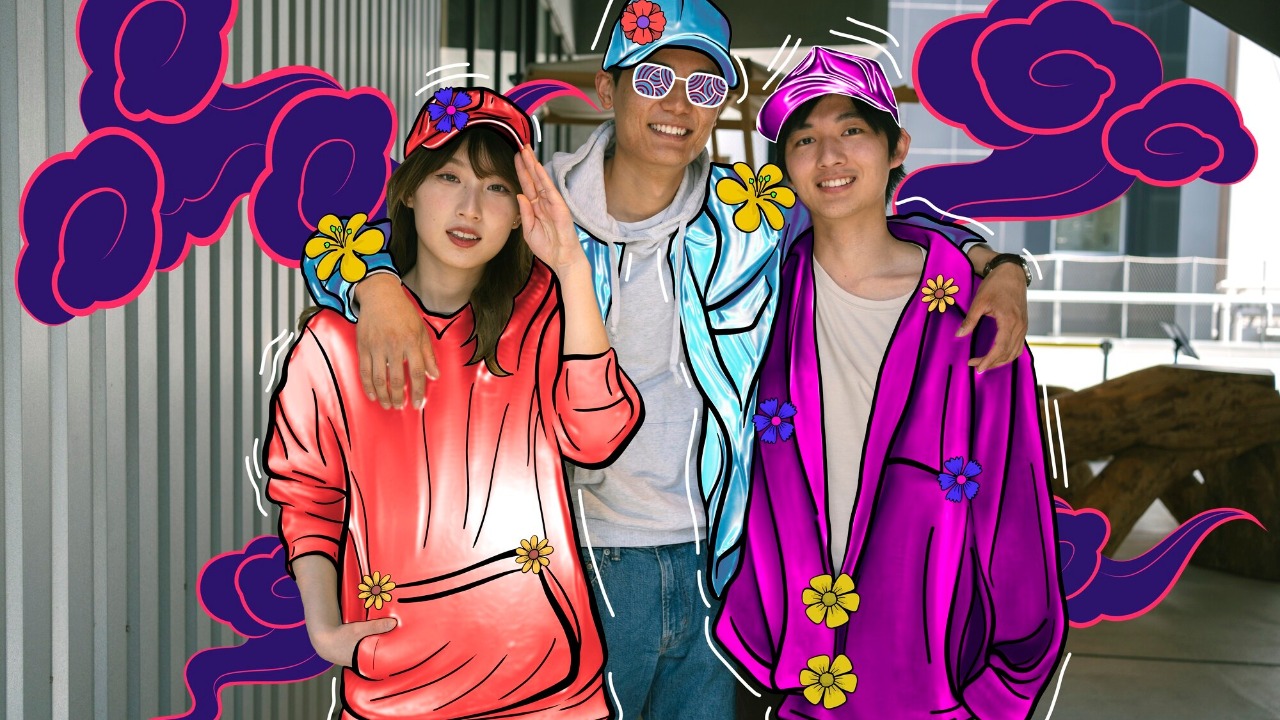
Artificial intelligence (AI) is no longer a distant concept for Generation Z. A 2023 survey by Morning Consult found that 58% of Gen Z respondents aged 18-24 have experimented with AI art tools like Midjourney and DALL-E, with usage spiking 300% since 2021 among this demographic. This surge, fueled by accessible platforms from companies like Stability AI, highlights a generation’s bold dive into digital creation despite widespread self-admitted confusion over the tech’s mechanics.
Gen Z’s Surge in AI Art Adoption
Gen Z’s adoption of AI art tools is outpacing that of older generations. Morning Consult’s 2023 survey revealed that 58% of Gen Z aged 18-24 have used AI art tools, compared to just 22% of millennials. The primary motivation for this usage, cited by 71% of respondents, is “fun and experimentation”.
According to a report from Edison Research, daily AI art generation among U.S. Gen Z users jumped from 5% in 2021 to 28% in 2023. This increase is largely driven by social media sharing on platforms like Instagram and TikTok. In the UK, a YouGov poll showed that 45% of 16-24-year-olds have created AI art in the last month, with urban areas like London seeing 10% higher engagement rates.
Popular AI Tools Driving the Trend
Several AI tools have become popular among Gen Z artists. Midjourney, accessible via Discord, has seen Gen Z sign-ups increase by 400% since its 2022 public beta. Users like 19-year-old college student Mia Rodriguez from Chicago are generating over 500 images monthly for their social feeds using this tool.
DALL-E 2 from OpenAI, launched in 2022, boasts 15 million Gen Z users globally. Viral examples like teen artist Alex Chen’s AI-enhanced comic strips shared on DeviantArt highlight the tool’s popularity. Stability AI’s Stable Diffusion model, released in 2022, powers free tools like Automatic1111’s web UI. A Creative Bloq study found that 62% of surveyed Gen Z artists use this tool without understanding its open-source codebase.
Real-World Examples of Gen Z Creations
Gen Z creators are using AI art tools to generate a wide range of content. 20-year-old influencer Zoe Patel from Mumbai used Midjourney to create a series of surreal fashion illustrations that garnered 2.5 million views on Instagram in early 2023. Despite her admission that she “just types random words and hopes for the best,” her work has resonated with a large audience.
In Seattle, high school senior Jordan Lee, 17, used DALL-E to generate AI art for a school mural project. The hybrid piece won a local youth art award but sparked debate over originality when he revealed the prompts were trial-and-error guesses. Similarly, TikTok user @GenZArtist23, a 22-year-old from Toronto, posted a tutorial video in 2023 that amassed 1.2 million likes. The video showed how she iteratively refined AI outputs from Stable Diffusion to mimic anime styles, despite confessing she has “no clue about training data or ethics.”
Common Pitfalls from Lack of Technical Know-How
While Gen Z’s enthusiasm for AI art is clear, a lack of technical knowledge can lead to pitfalls. A Pew Research Center analysis found that 67% of Gen Z AI art users produce unintended biases in outputs, such as stereotypical depictions, because they overlook prompt specificity. This has resulted in viral fails like distorted historical portraits.
According to a Forbes survey, 55% of young creators report frustration with inconsistent results from tools like Midjourney. This is often due to ignoring aspect ratios or negative prompts, leading to examples like blurry fantasy landscapes shared mockingly on Reddit. In a case from Berlin’s art scene, 18-year-old Lena Müller generated copyright-infringing AI art resembling Disney characters via Stable Diffusion in 2023. She faced takedown notices after posting without understanding intellectual property rules.
Expert Views on Gen Z’s Approach
Experts have mixed views on Gen Z’s approach to AI art. Art professor Dr. Elena Vasquez from the Rhode Island School of Design stated in a 2023 Wired interview, “Gen Z’s enthusiasm is revolutionary, but their trial-and-error method risks superficiality—they’re creators, not coders yet.”
AI ethicist Timnit Gebru warned in a MIT Technology Review piece that without education, Gen Z’s blind use of tools like DALL-E could perpetuate dataset flaws. She cited examples where young users unwittingly amplified gender biases in generated portraits. Digital artist Refik Anadol, speaking at a 2023 SXSW panel in Austin, praised Gen Z’s “fearless hacking” of AI art but noted, “They dive in with zero prep, which sparks innovation but also epic fails,” referencing community-shared mishaps on Discord servers.
Educational Gaps and Learning Curves
There are clear educational gaps in Gen Z’s understanding of AI art. Only 23% of Gen Z AI art enthusiasts in a Gallup poll understand basic concepts like diffusion models. This has led to a widespread reliance on YouTube tutorials that average 10 minutes and focus on “quick wins” over fundamentals.
Community platforms like Reddit’s r/Midjourney, with 1.5 million members mostly under 25 as of 2023, are flooded with beginner questions. This highlights a self-taught but fragmented learning process. Workshops at U.S. colleges, like those at NYU in 2023, show 80% of Gen Z participants starting with no prior AI knowledge, yet completing projects through iterative prompting, as documented in a campus report.
Future Outlook for Gen Z in AI Art
The future of AI art looks promising for Gen Z. Projections from McKinsey’s 2023 AI report estimate that by 2025, 75% of entry-level creative jobs will involve AI tools. This positions Gen Z’s current “no-idea” experimentation as a pathway to hybrid artistry.
Initiatives like Adobe’s free AI literacy courses launched in 2023 aim to bridge the knowledge gap. These courses have enrolled 200,000 Gen Z users globally and offer modules on ethical prompting and tool limitations. Emerging trends, such as Gen Z-led collectives like the AI Art Collective in San Francisco formed in late 2022, are pushing for accessible education. Members are sharing open-source prompt libraries to reduce trial-and-error frustrations.
More from MorningOverview